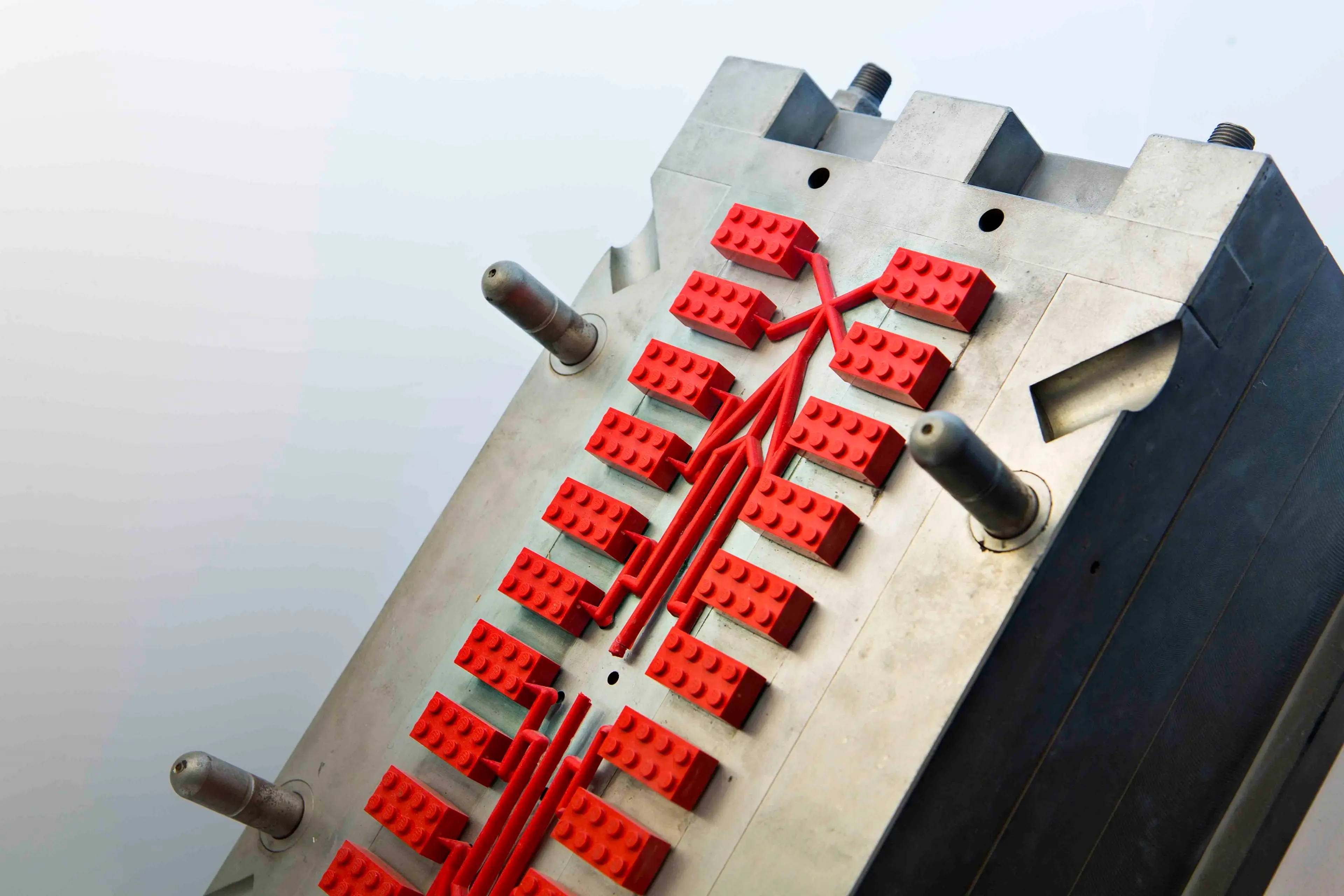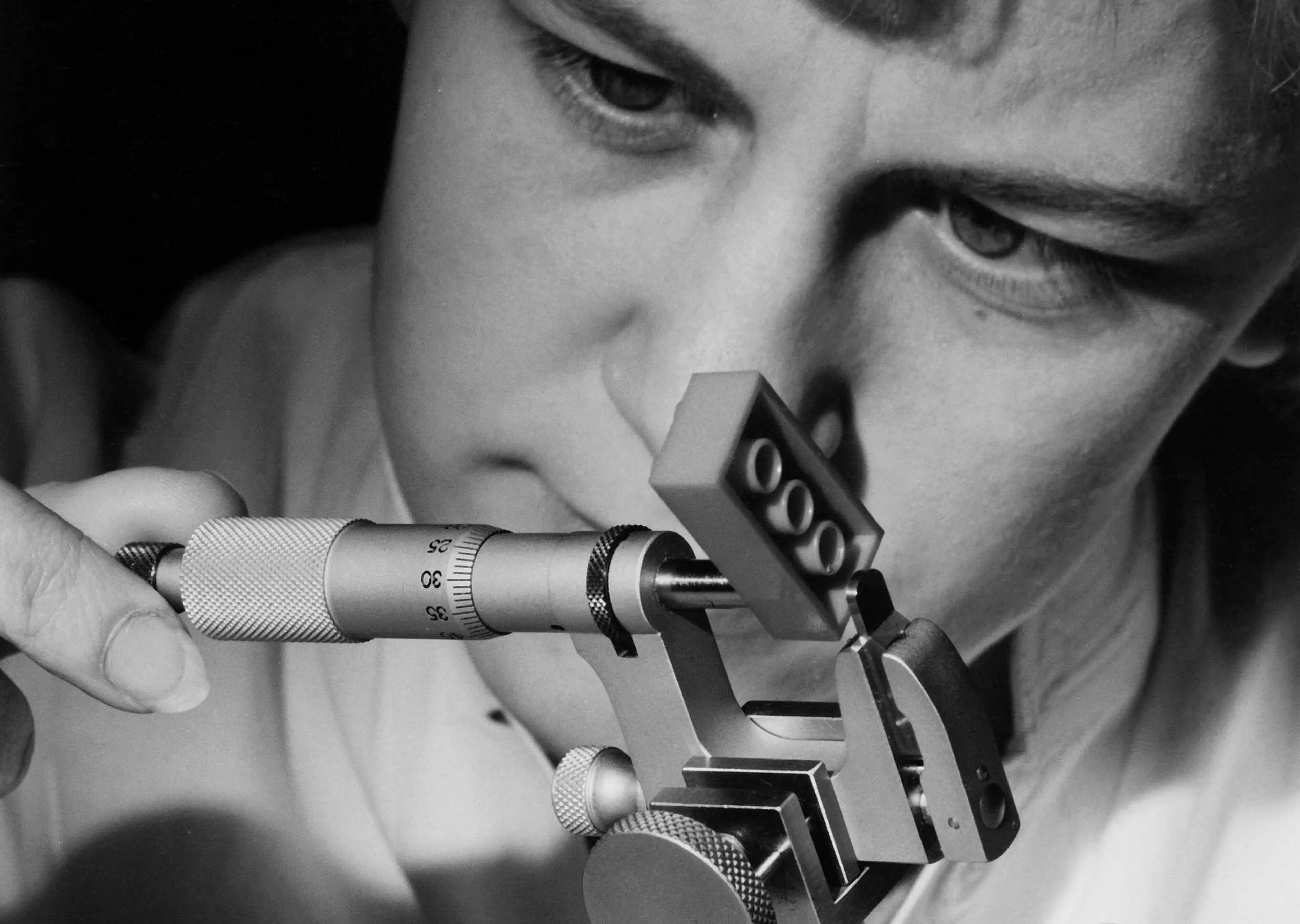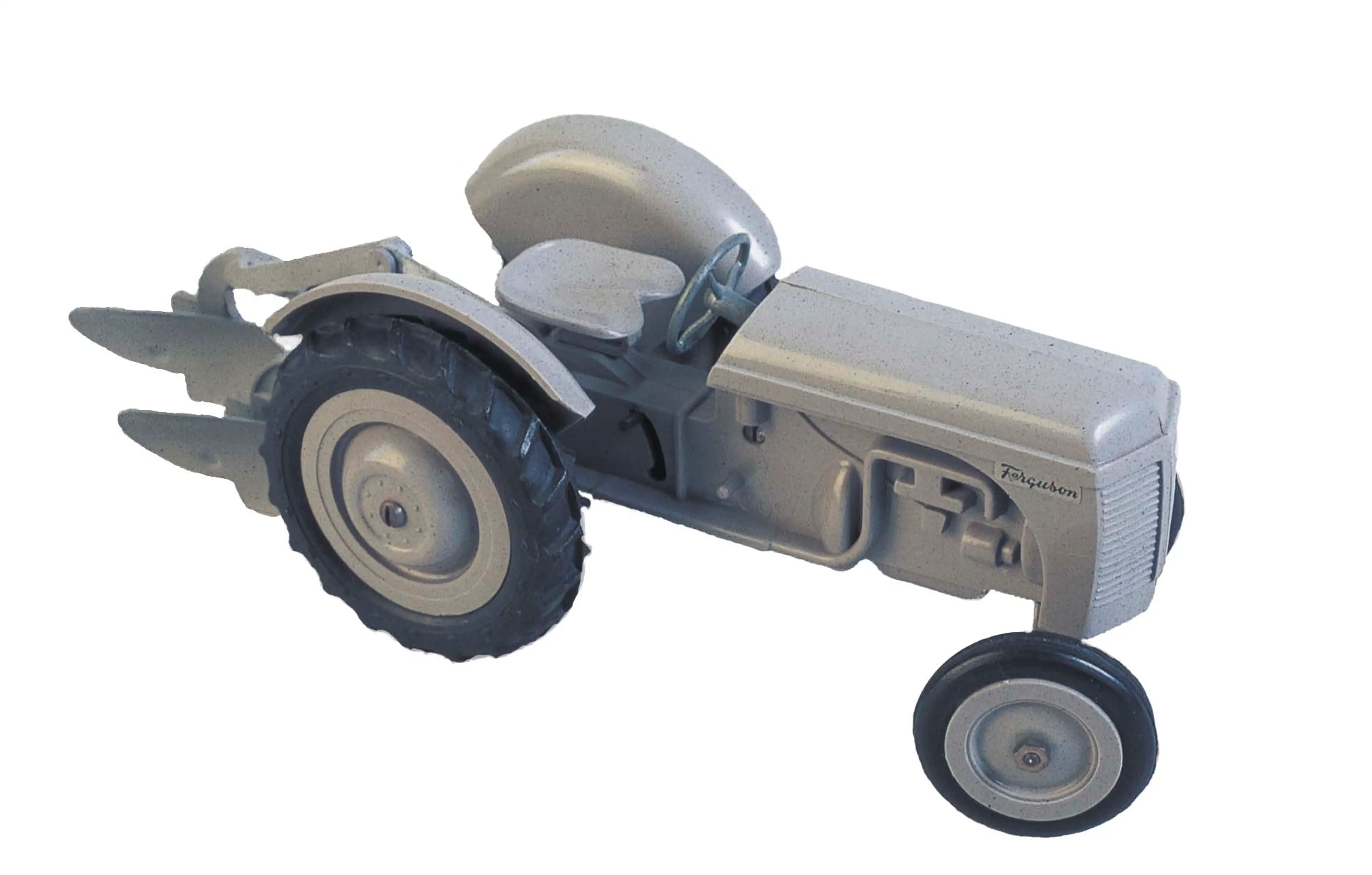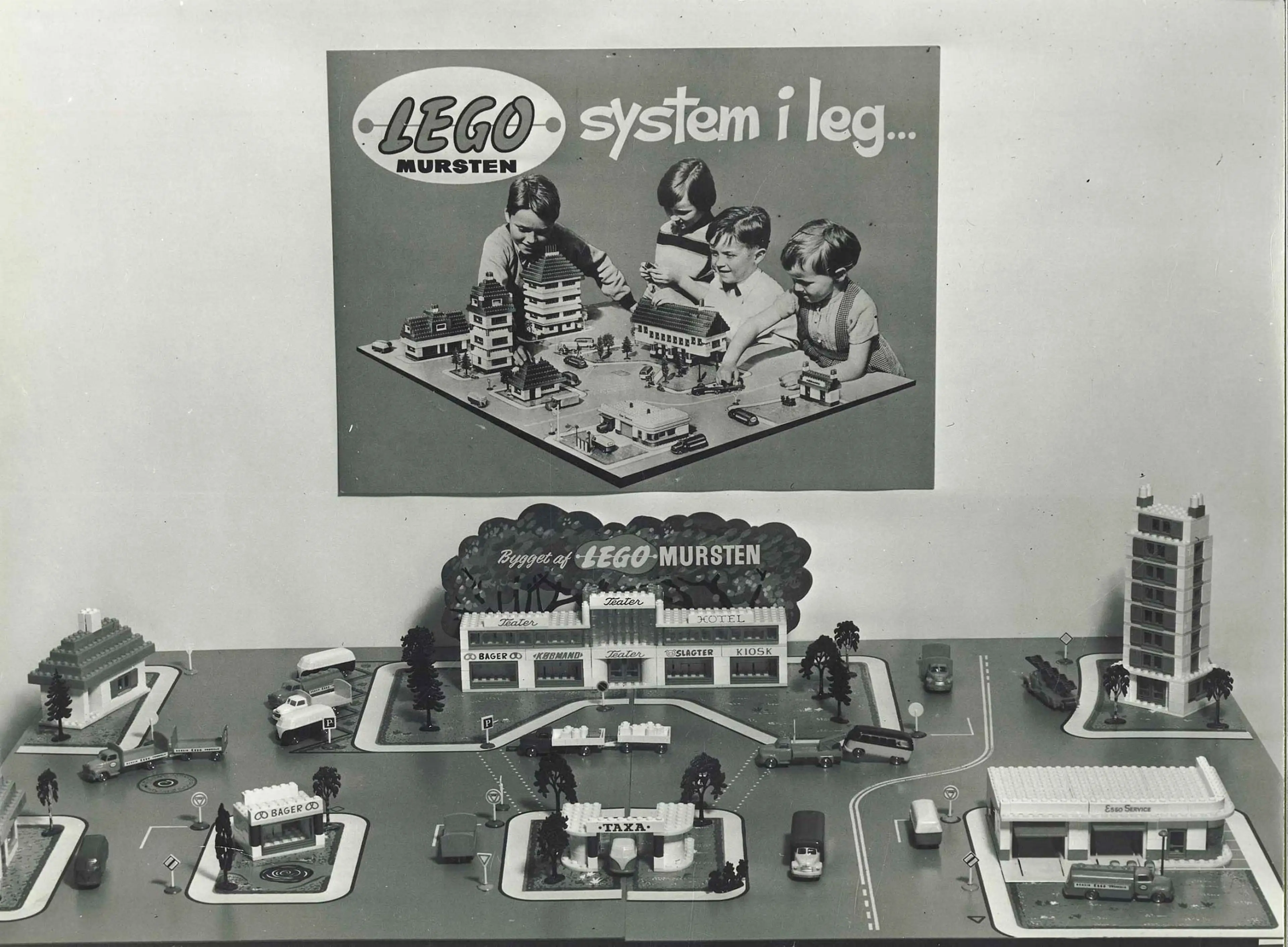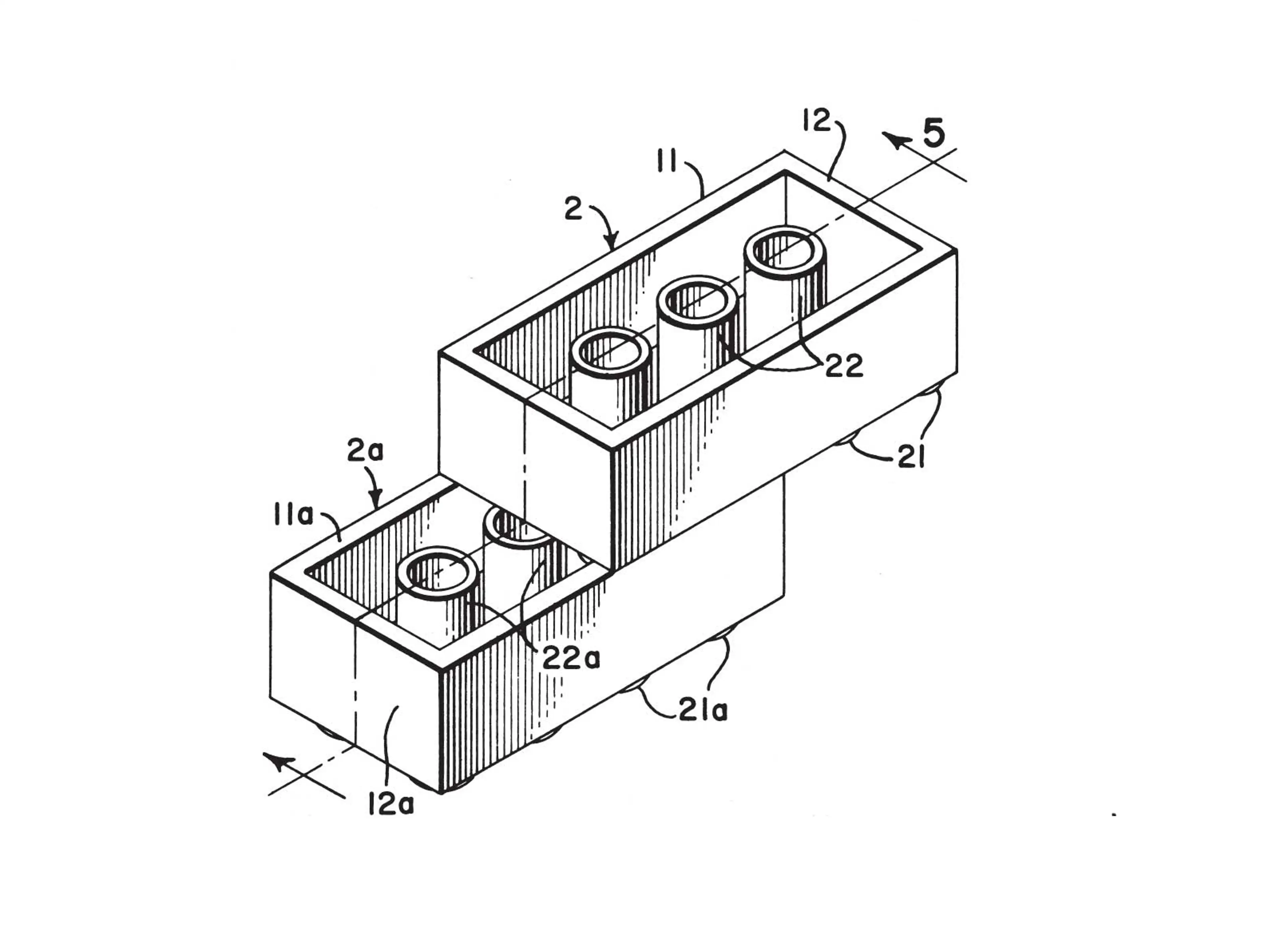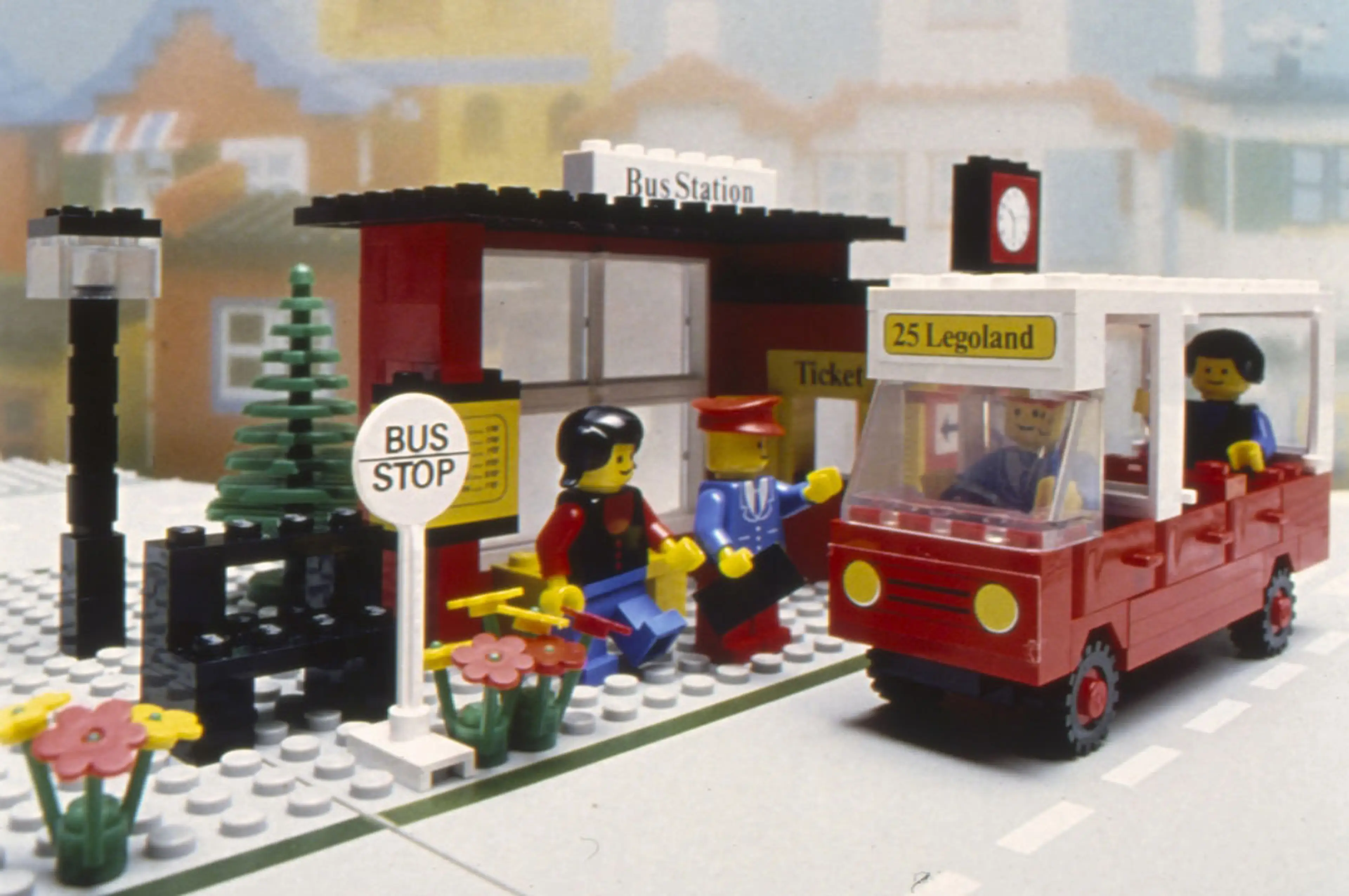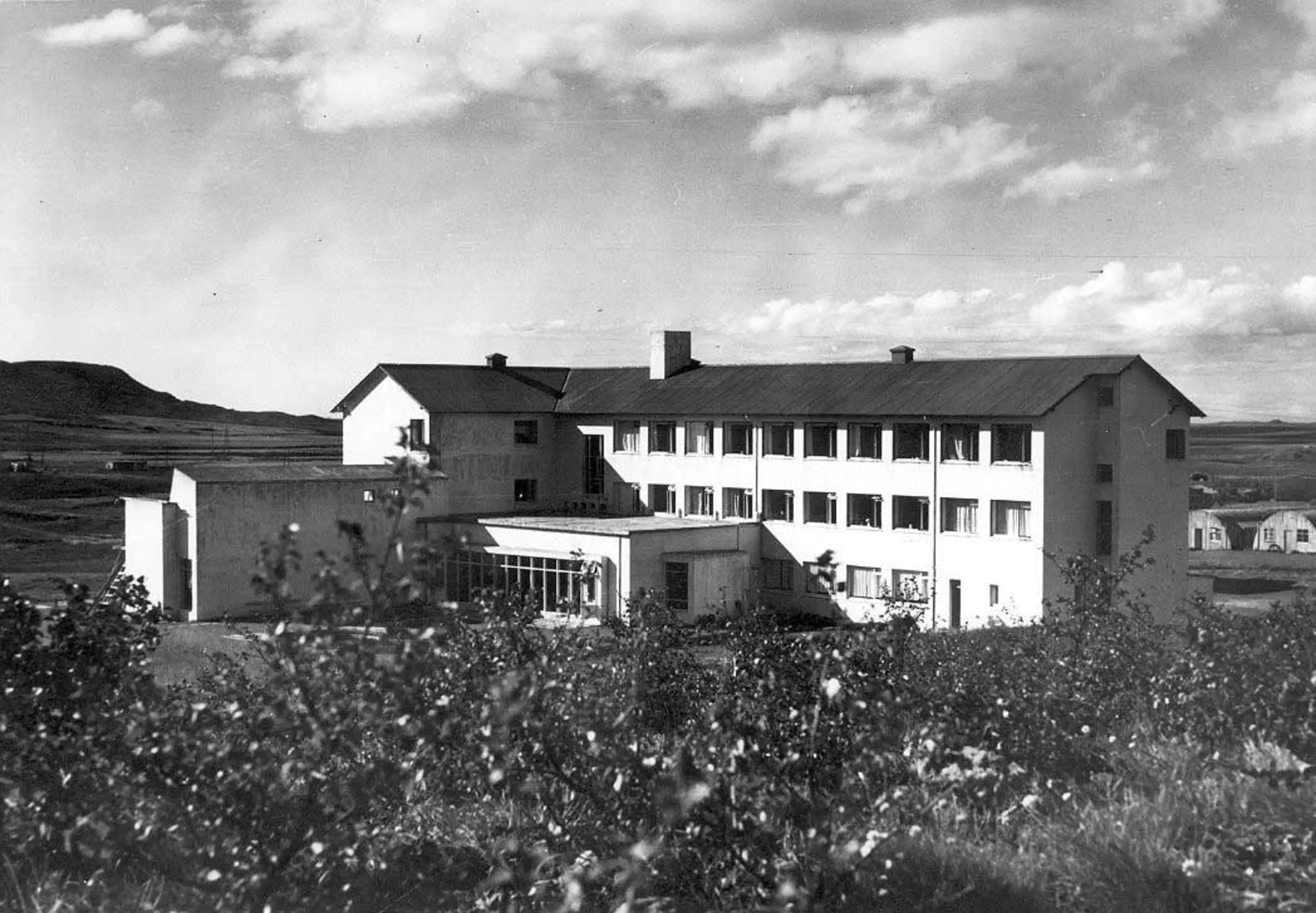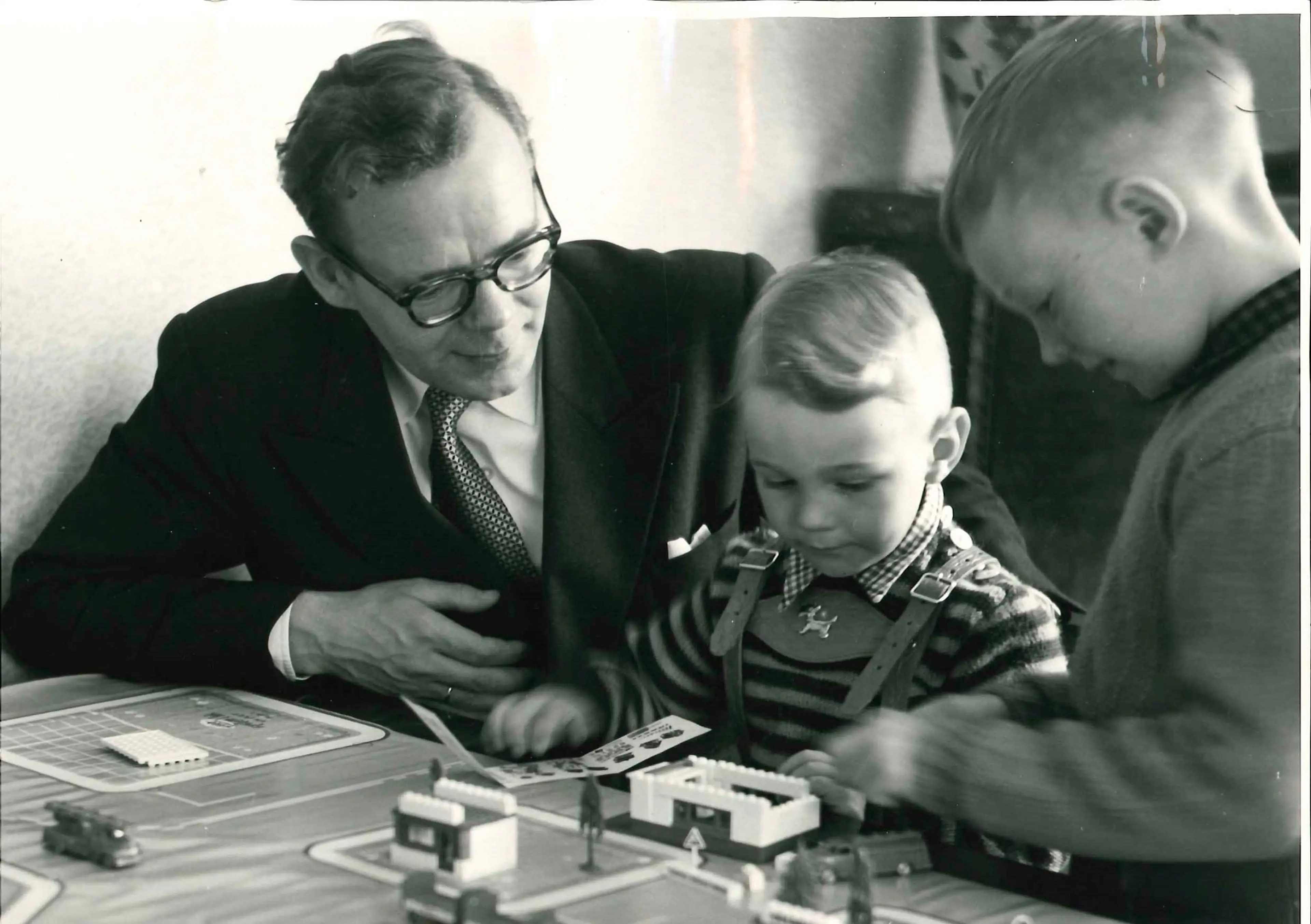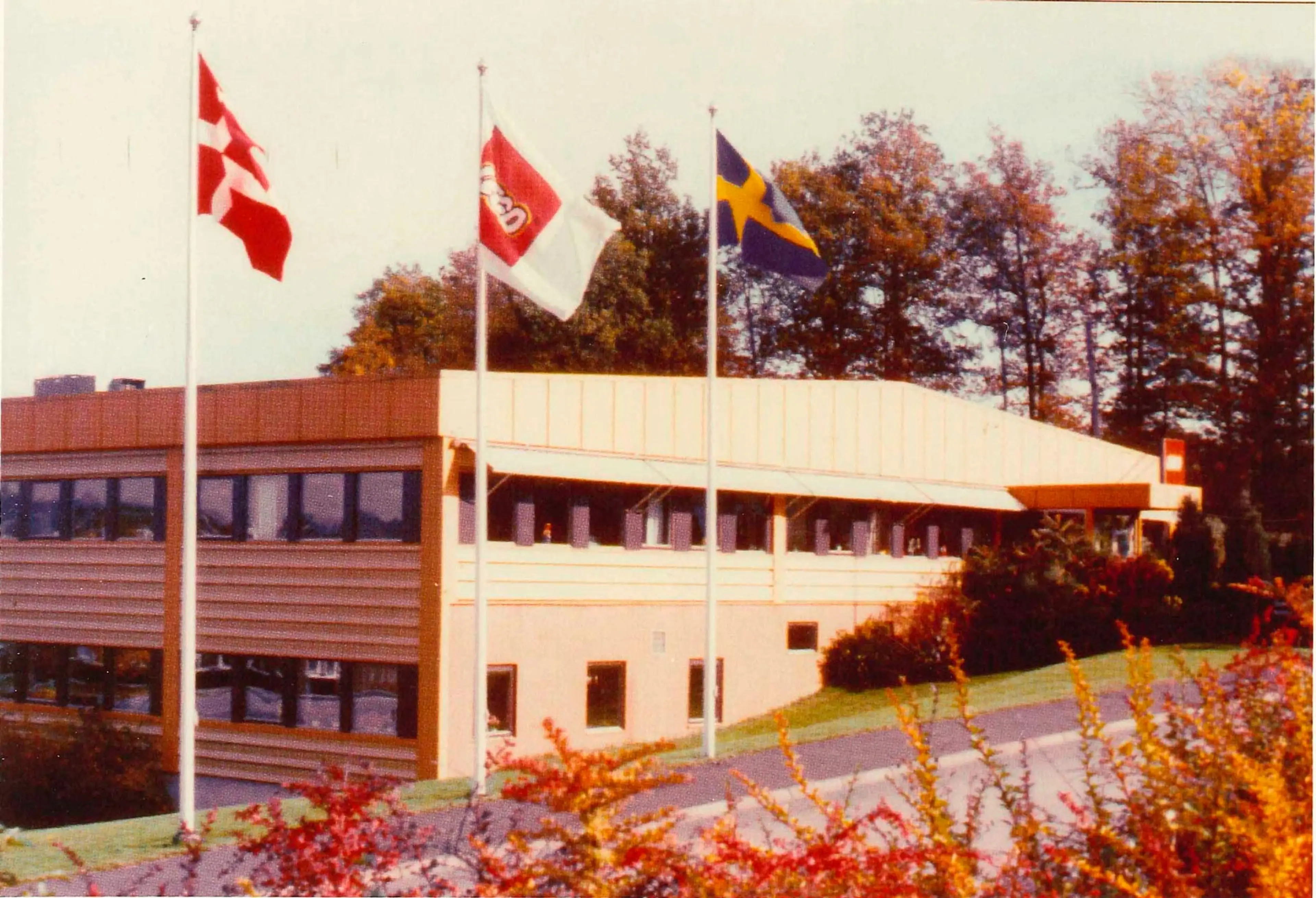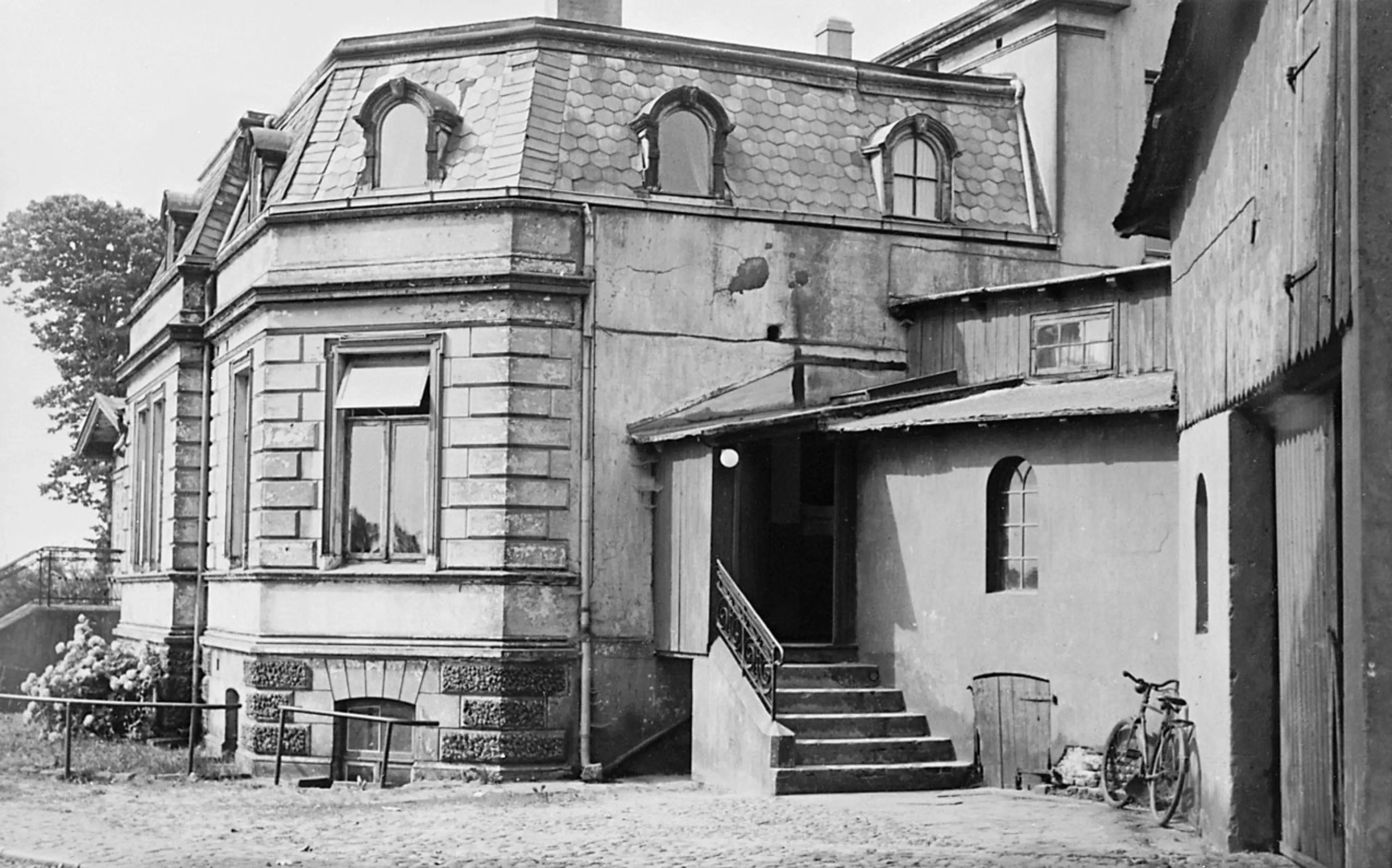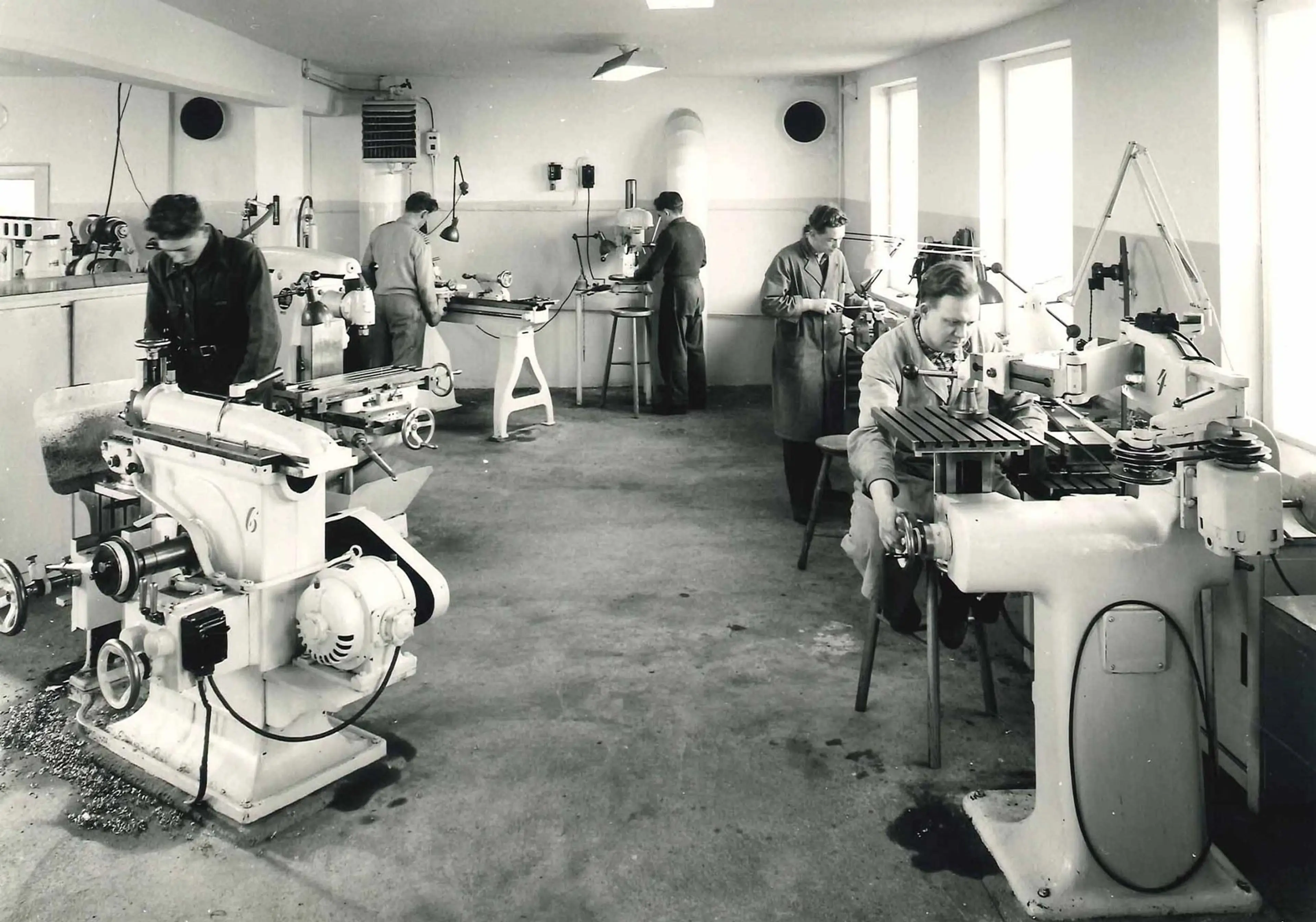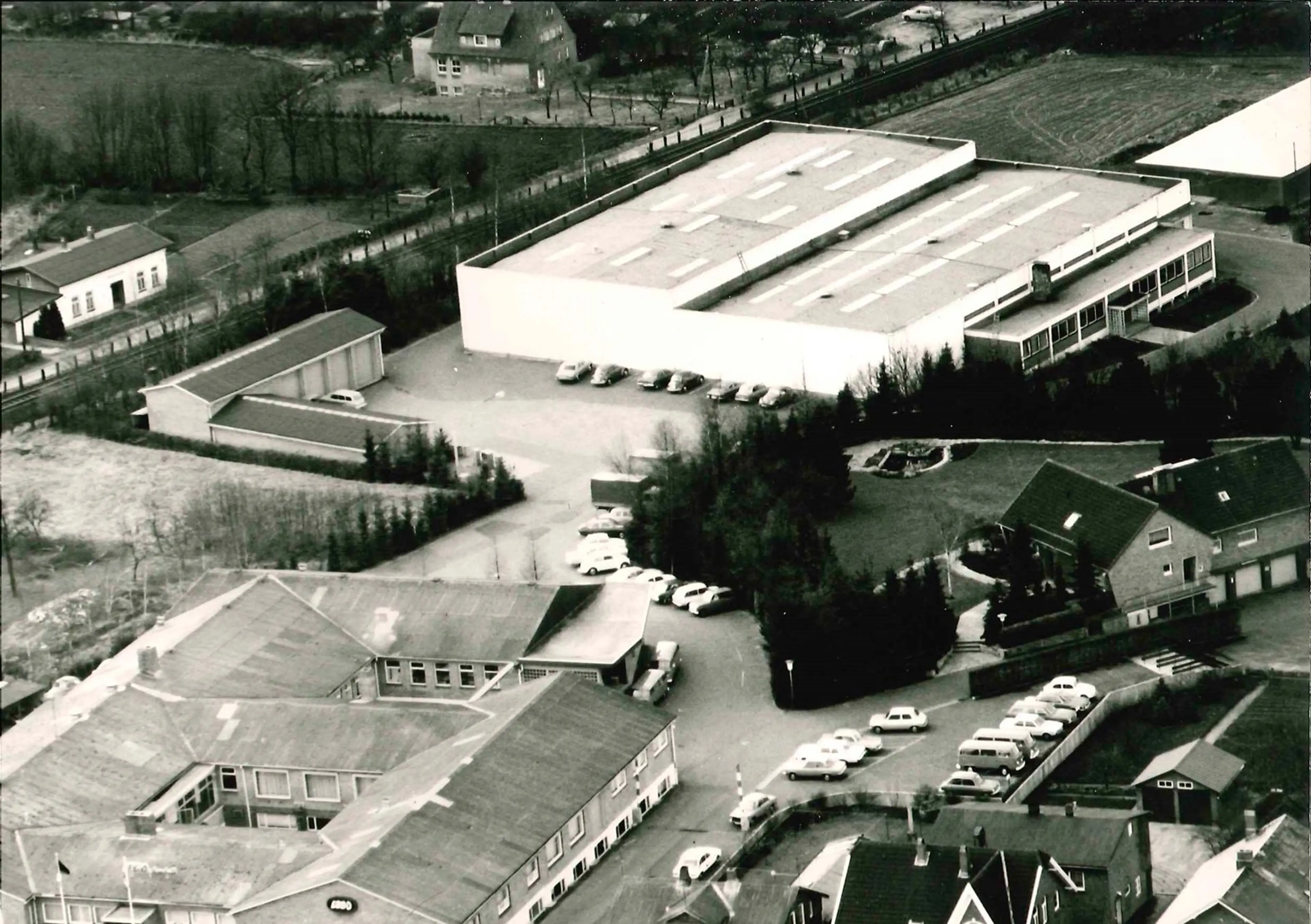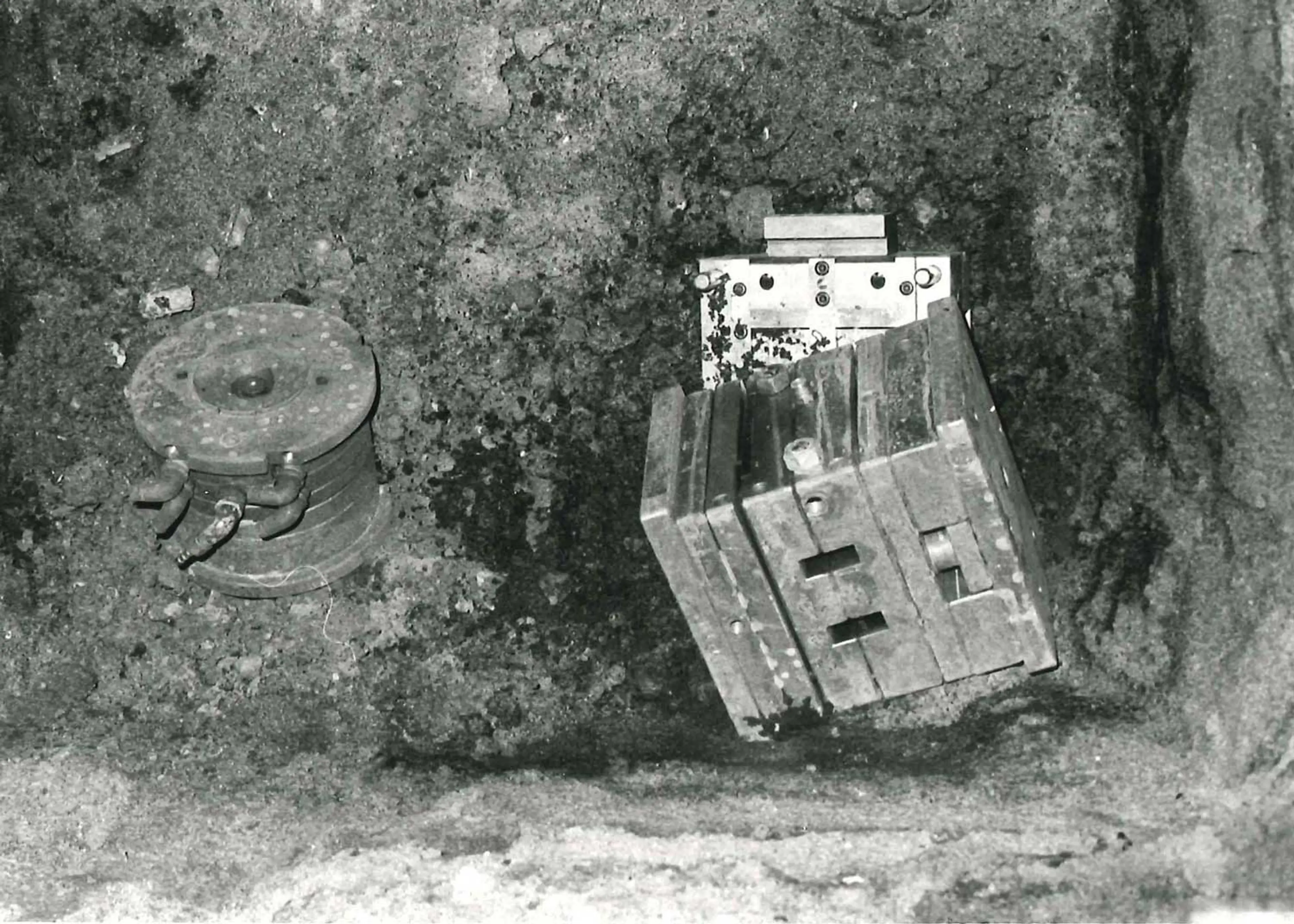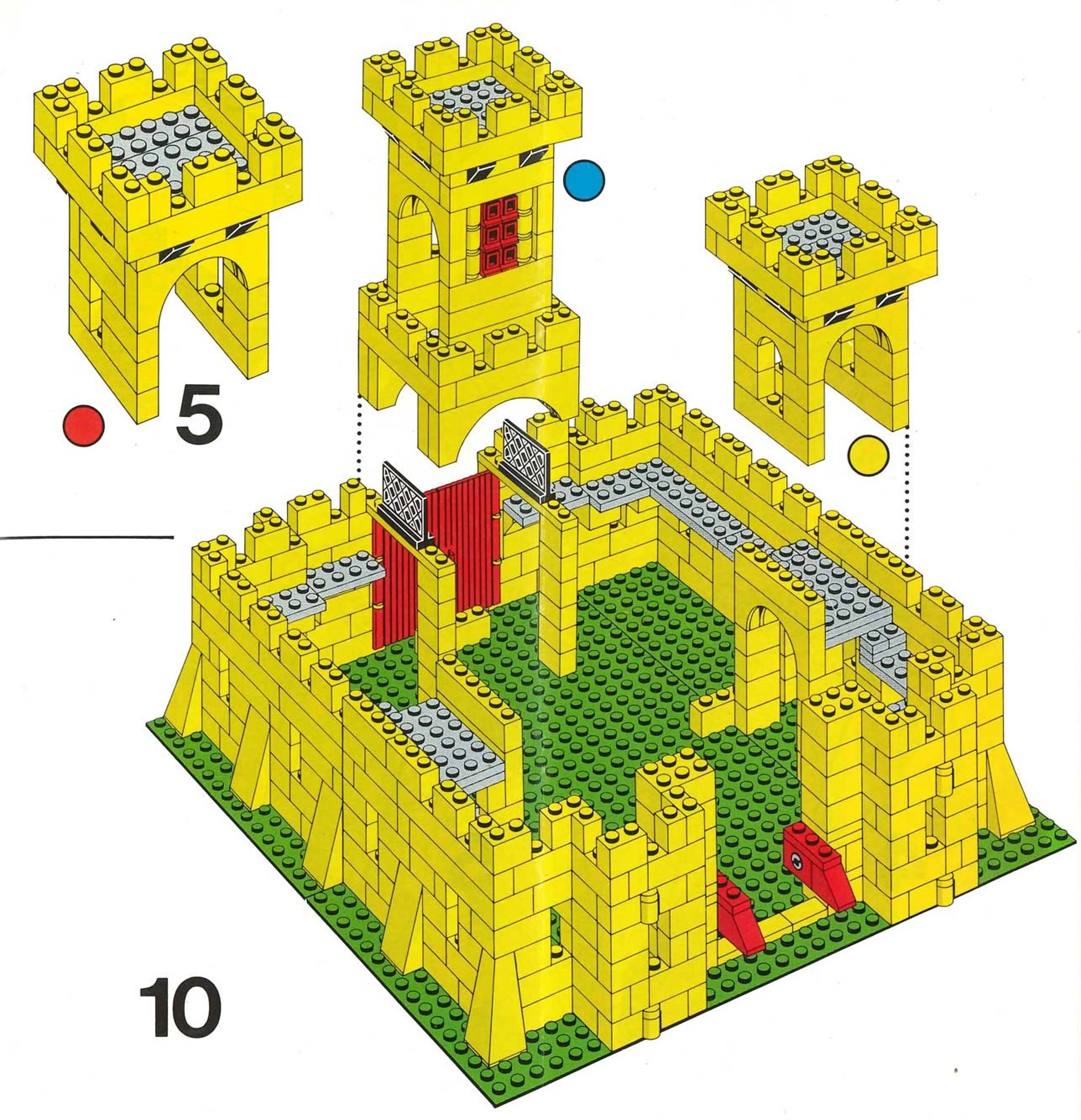In the 1950s, the LEGO Group makes its first moves into foreign markets. Early focus is on the Nordic countries. Licensed production starts in Norway in 1953 in partnership with Svein Strømberg, Oslo, under the corporate name Norske LEGIO A/S. In 1955, it is Sweden’s turn, and the same year a partnership is organized in Iceland.
Germany - the gateway to Europe
Attention turns to Germany, the global centre of toy production: “If we can conquer Germany, we can conquer the whole world!” says LEGO owner Godtfred Kirk Christiansen in the mid-1950s. Godtfred Kirk’s initial meeting with the purchasing managers of German department stores at the 1955 Nuremberg Toy Fair is far from encouraging: “The German market isn’t interested in a product like that!” However, the company did manage to persuade toyshops in northern Germany, just south of the Danish border, to stock the LEGO product. This is further cultivated by Axel Thomsen, who in 1956 is appointed LEGO manager of the company’s first foreign sales subsidiary, LEGO Spielwaren GmbH, based in Hohenwestedt in northern Germany.
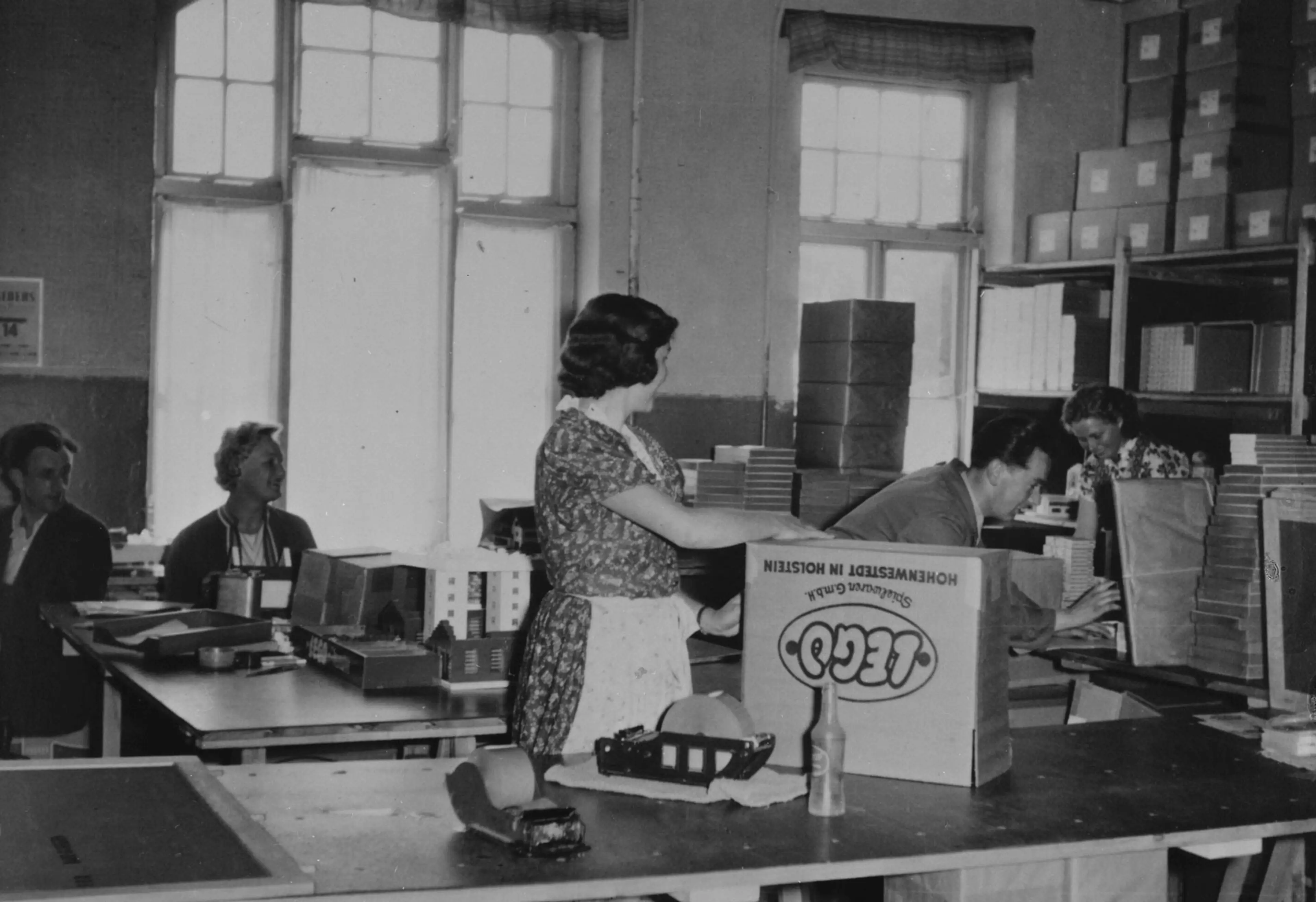
Employees in the facilities in Hohenwestedt, 1958
Wir bauen eine Stadt
The first campaign concentrates on the city of Hamburg, supported by a commercial “Wir bauen eine Stadt” (“We’re building a city”) which runs in cinemas. A special strategy is applied to force through the LEGO Group sales policy: direct sales to the retail trade, with everyone paying the same price. This is not something the German trade is accustomed to. Godtfred Kirk wants LEGO products to be sold only to those retailers who are prepared to display the bricks in the shop window or in shop. It is important to Godtfred Kirk that customers are introduced to the products and know what they can be used for.
Godtfred Kirk Christiansen’s belief that conquering the German toy market can allow the company to capture the world is to prove true. In the period 1956-1958 the LEGO Group sets up sales offices in Switzerland, Netherlands, Austria, Belgium, Italy and Portugal – with organizations already operating in Norway, Sweden and Iceland.
Internationalization
The LEGO Group makes great headway in the 1960s. It has its eye on the rest of the world. In the words of Godtfred Kirk Christiansen: “There are only two options: Forwards or back. Standing still is like slipping backwards. We must all do our bit – and grow in the process. It’s the route to even greater results.” To Godtfred Kirk international success is important. Germany, in his book the most important toy market, has already been conquered. For LEGO products to be an international success, Godtfred Kirk believes it is important they are not marketed as specifically Danish. Germans should preferably perceive them as German, French shoppers as French, etc.
In 1961, the LEGO Group licensed an American luggage company, Shwayder, to produce and sell LEGO products in the US and Canada. Under the agreement the LEGO Group supplied machinery, moulds and other equipment, while Shwayder handled production and sales. In 1965, Shwayder changed its name to Samsonite.
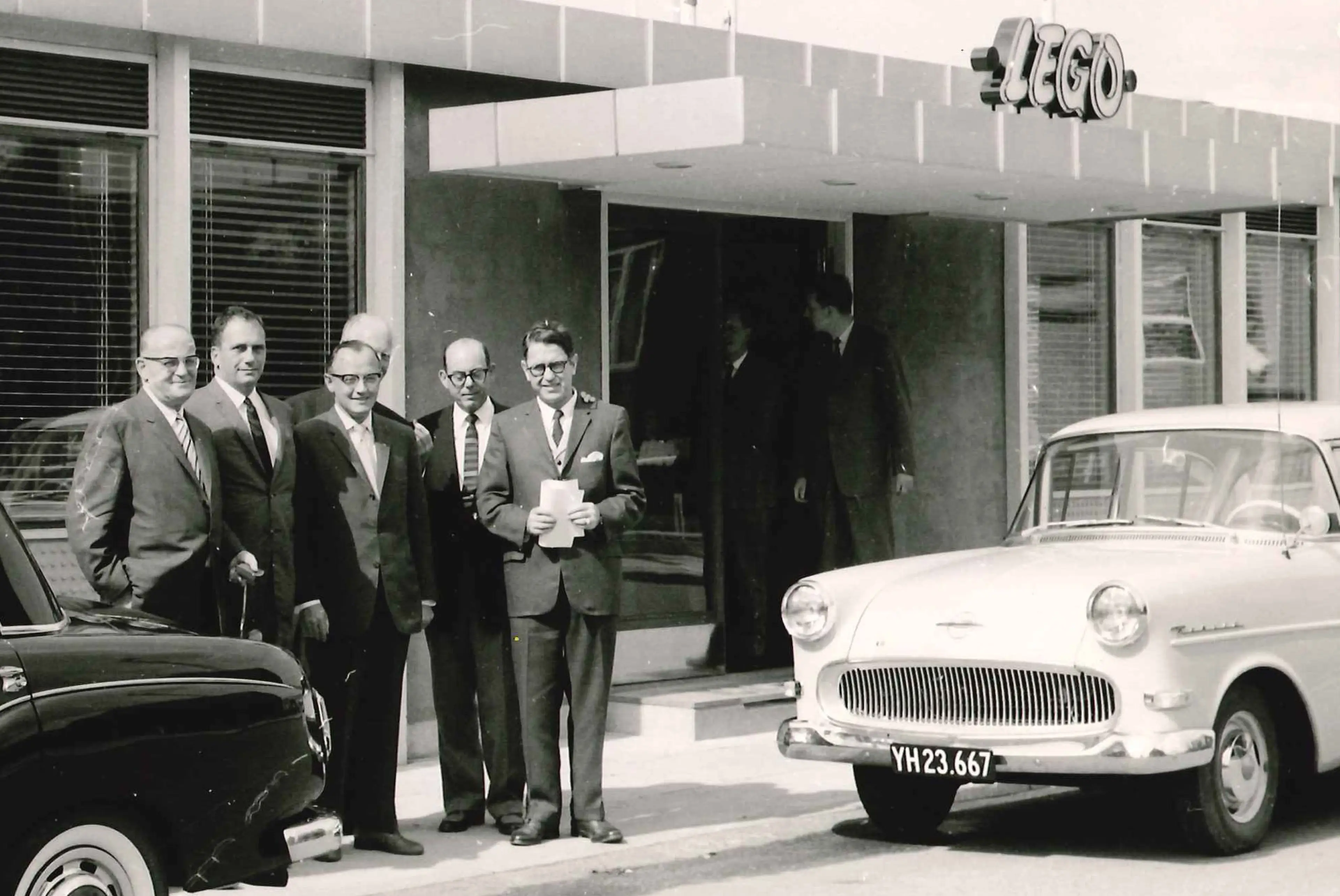
Visit from Shwayder, 1961
The System House
Godtfred Kirk Christiansen wants an administrative building for handling the company’s international activities, exhibiting new products, and as an inspiration centre. In 1958 this results in the System House, a place of inspiration and a coordinating unit for the company’s international work. System House reflects the LEGO philosophy of unlimited possibilities. Cultivating close cooperation and informal get-togethers, the staff at System House manage many different personalities across national boundaries, culture, politics and language. The aim is to have “one big happy LEGO family”, centered on the LEGO System. The appropriate national flags flutter above System House when representatives of the various sales companies visit Billund. An upstairs floor is added to a part of the building in 1961. Today the System House is still a part of the company.
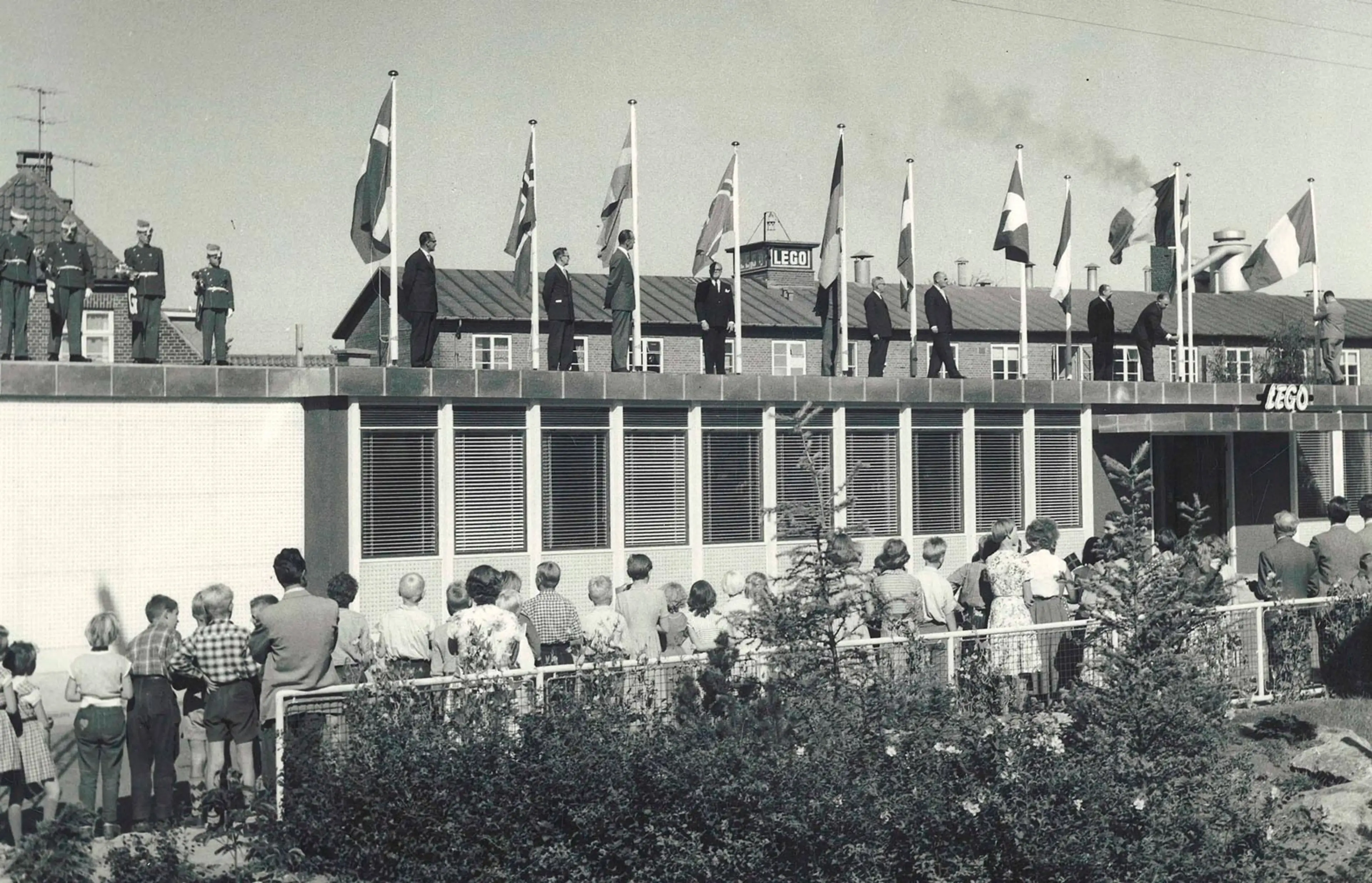
The inauguration of the System House, Billund, 1958. Sales representatives are standing next to the flag of the country they are representing
